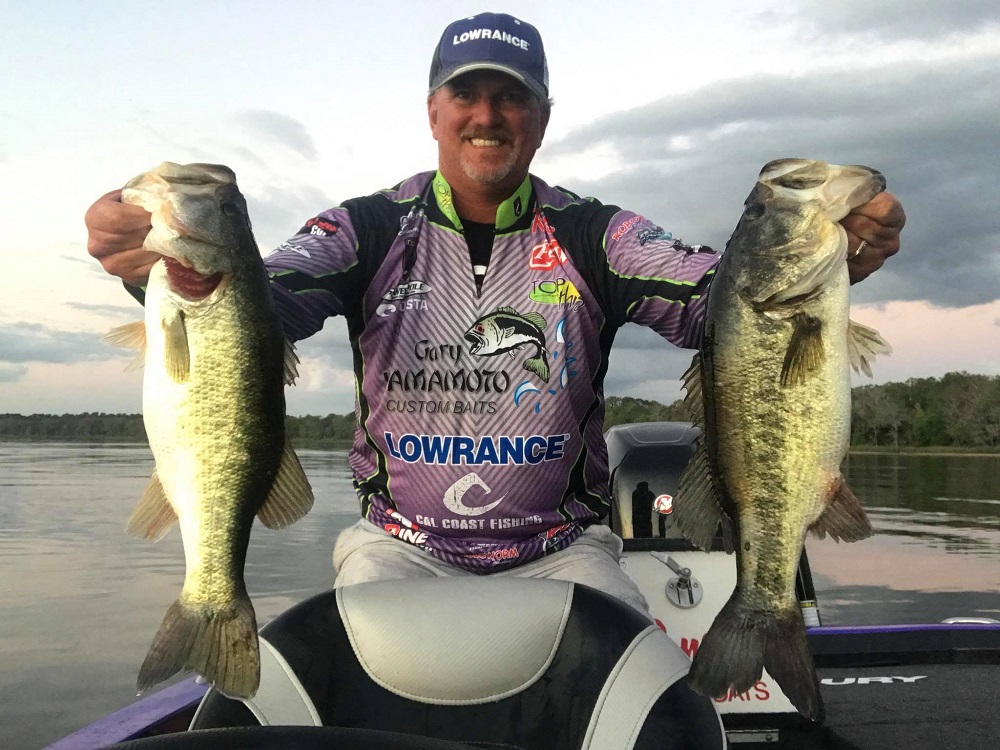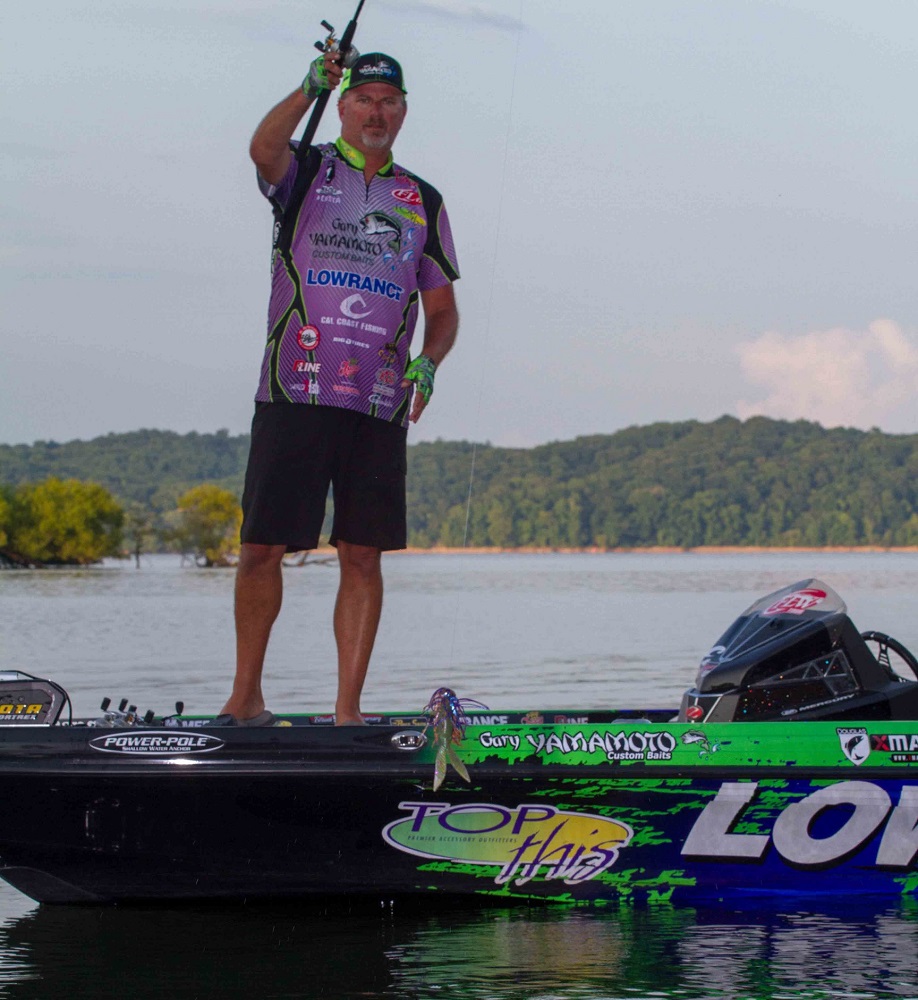
Bass anglers today are pretty fortunate in that there are excellent choices when it comes to fishing line. In years past, times were simple with just about everyone using monofilament until the advancements of braid and fluorocarbon.
With so many choices and countless sizes, picking the right line can sometimes be confusing. FLW Tour pro Jimmy Reese sticks with some standard decisions for line but also does adjusts often based on the conditions.
 Fishing Line for Topwater Lures
Fishing Line for Topwater Lures
Due to the simple fact that topwater lures float, monofilament and braided line are the two logical picks, and Reese says he uses both often.
“I go back and forth between braid and mono for topwater, and it really comes down to the bait I am using and also the conditions. One thing you have to account for is to adjust your hookset when switching back and forth between the two,” he begins. “With braid, you really want to use more of a sweeping hookset instead of a hard hookset because with it having no stretch it will pull your bait quite a way, if you miss a fish and make a big hookset. If you sweep it, the bait may only move a few feet, and you have a much better chance of getting that fish to bite again.”
For topwater poppers, Reese says he likes 10 or 12-pound P-Line CXX monofilament.
For walking baits, he is generally using 50-pound P-Line TCB 8 braid. This braid is Teflon coated, and he likes the casting distance more than anything.
“You can cast a big topwater so far that you almost can't use backing on your reel or you will cast it all the way to the knot,” he says.
READ RELATED: Mono, Braid and Fluoro for Reaction Baits
Line for Finesse Fishing
Braid to fluorocarbon has become the gold standard for bass anglers, and Reese is no different. One thing he does is to use a much longer leader than some, and he also ups the pound test for many presentations.
“I fish a dropshot around grass and tules a lot, so I am mostly going to use a 20 or 30-pound braid with an 8-, 10- or even 12-pound fluorocarbon leader if it is really thick cover,” he shares.
Many anglers use an 8- or 10-foot leader of fluorocarbon, but Reese doubles that length and sometimes uses even more.
“The biggest thing for me is that I do not want that knot so close to the fish when I am fighting it. I would much rather have it down into the reel,” says the California pro.
He again likes the TCB 8 braid and uses the P-Line Ultimate Fluorocarbon for his leader. Reese combines the two lines with a Double Uni Knot.
WATCH RELATED: On the Delta for a P-Line Adventure with David from SF Angler
 Cranking Line
Cranking Line
Crankbait fishing is another technique where Reese adjusts his line. Instead of changing the pound test, he switches to another product entirely.
“The P-Line Tactical fluorocarbon has a little more stretch and is also softer. With crankbaits, you want a limber rod because of the treble hooks, and the line complements that,” he says. “Too stiff of a rod or line with no stretch can rip the trebles out of the fish. The Tactical is just better anytime you are fishing with trebles, and I’ll use it for jerkbaits as well as cranking.”
Line for Jig Fishing
There are countless jig styles, and Reese adjusts his line based on the weight of the jig and where he is fishing it.
For most instances with the popular 3/8 and ½ oz. sizes, he opts for 15- or 17-pound fluorocarbon. When using lighter jigs, he scales back to 12-pound.
“The reason is simple, the hooks are much thicker and bigger on the heavier jigs, and I am using a heavier rod. I like the P-Line Ultimate Fluorocarbon because it has almost no stretch and you can get a good hookset,” he says.
Reese says that during the fall, he often downsizes to the lighter jigs and thus changes his line size to the smaller 12-pound fluorocarbon.
“The hooks are just much thinner and have such a smaller diameter,” Reese says.
READ RELATED: Gulf Coast Slam, FloroClear and Bulk Spools … It’s New from P-Line
Braid is a Must
There are some situations where Reese will only use braided line. Buzzbaits, frogs, wooden swimbaits and punching mats are times when he will use 65-pound braid almost exclusively.
“It just comes down to the cover you are fishing and being big fish techniques. With 65-pound TCB 8, you own that fish once you hook it.
The one time I will downsize to 50-pound is if I am fishing a frog in open water and want it to walk just a little easier,” he says.
The many different line sizes, brands, and materials can be overwhelming, but can also be a positive.
Using the right line for the right situation can help your bait perform better and help you land more of the bites you get.


 Advertising
Advertising